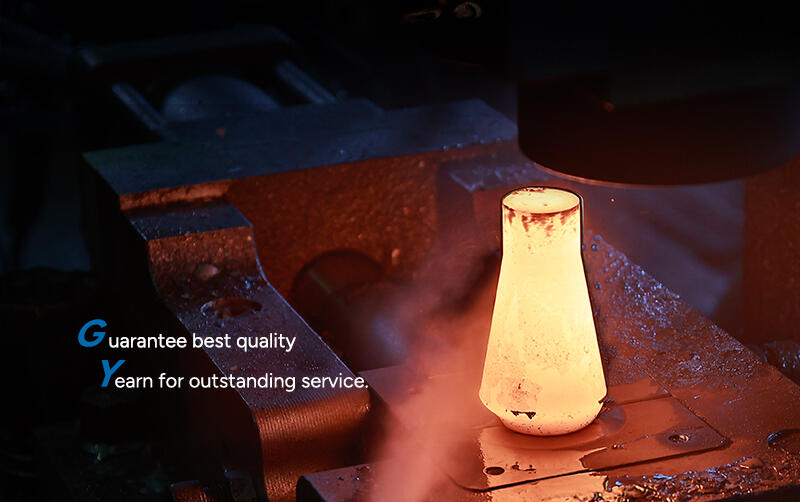Understanding Steel Forging: A Comprehensive Guide
What Is Steel Forging?
Steel forging is a manufacturing process where steel is shaped by applying localized compressive forces. This method can be performed using various techniques such as hammering, pressing, or rolling, and is essential for creating parts that require high strength and durability. Steel forging is widely used in industries such as automotive, aerospace, and construction due to its ability to enhance the mechanical properties of steel.
How Is Steel Forged?
The steel forging process involves several key steps:
- Heating: The steel is heated to a specific temperature to increase its malleability. The temperature varies depending on the type of steel and the desired properties of the final product.
- Shaping: The heated steel is then shaped using different forging techniques:
- Hammering: Uses repeated blows to shape the steel.
- Pressing: Applies continuous pressure to mold the steel.
- Rolling: Passes the steel through rollers to achieve the desired shape.
- Cooling: The forged steel is cooled, often rapidly, to lock in the improved mechanical properties.
- Finishing: Additional machining or surface treatments are applied to achieve the final specifications.
What Does Forging Do to Steel?
Forging significantly enhances the mechanical properties of steel. Here’s how:
- Grain Refinement: The process refines the grain structure of the steel, making it denser and more uniform. This leads to improved strength and toughness.
- Elimination of Defects: Forging can close up porosity and eliminate internal voids, resulting in a more robust and reliable material.
- Improved Fatigue Resistance: Forged steel has better fatigue resistance due to the alignment of the grain structure along the lines of the part’s shape, which helps in absorbing and distributing stress more effectively.
Applications of Forged Steel Parts
Steel forging is essential for producing parts that require superior strength and durability. Some common applications include:
- Automotive Parts: Crankshafts, connecting rods, gears, and steering components are often forged to withstand high stress and wear.
- Aerospace Components: Landing gear, turbine blades, and structural components benefit from the high strength and reliability of forged steel.
- Construction Equipment: Heavy machinery parts such as excavator arms, bulldozer blades, and crane components rely on forged steel for their robustness and durability.
- Oil and Gas Industry: Valves, fittings, and drill bits are forged to endure the extreme pressures and harsh environments encountered in oil extraction.
2024-07-08


